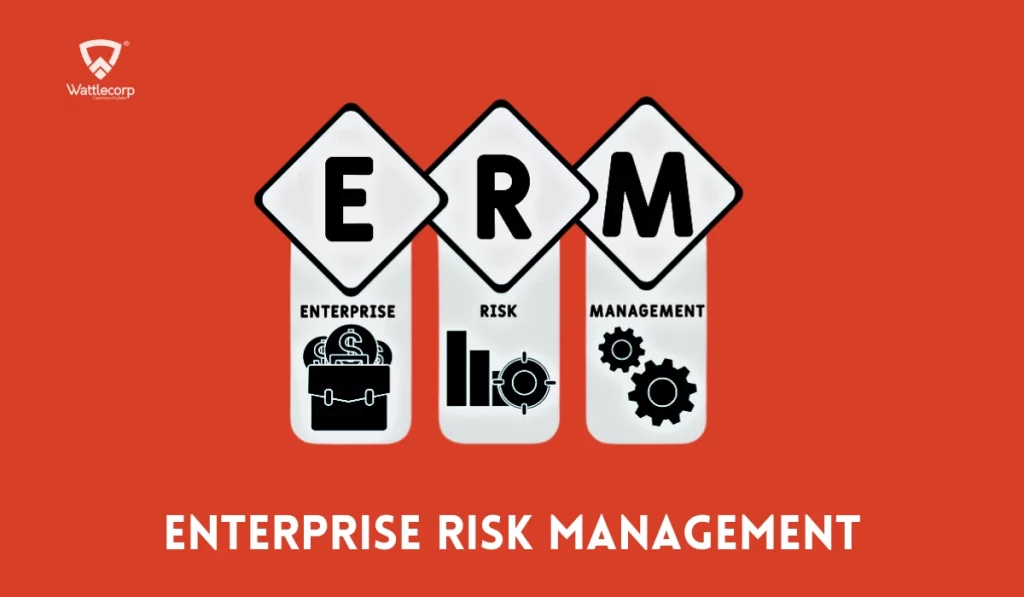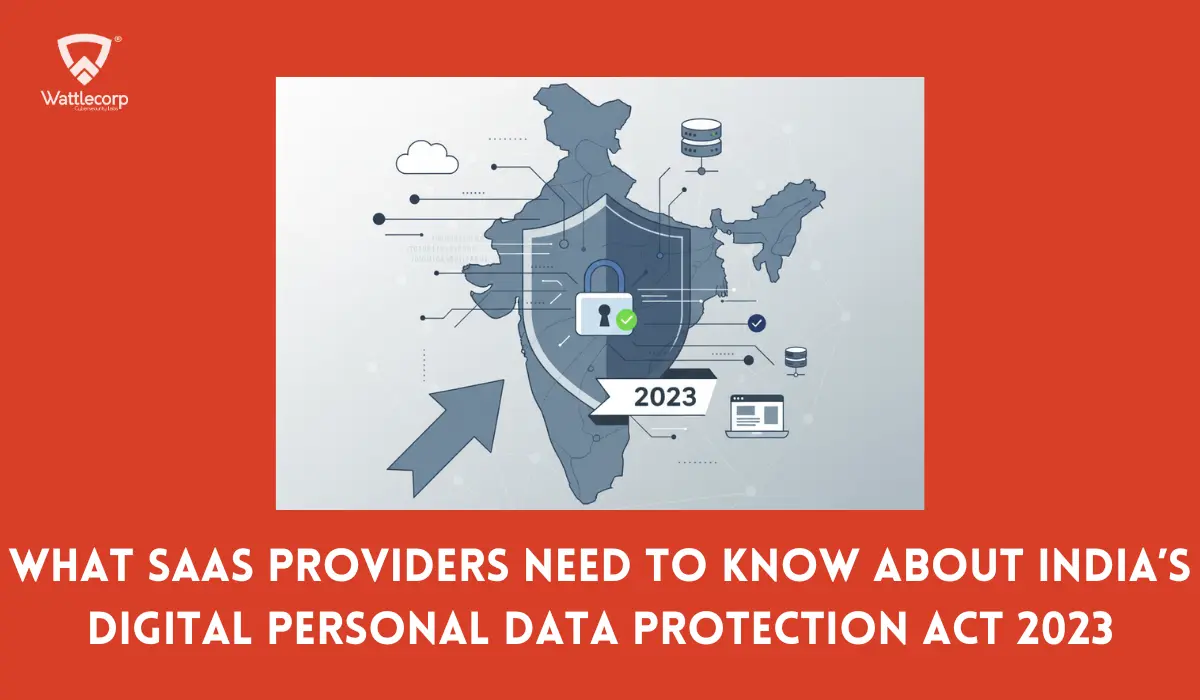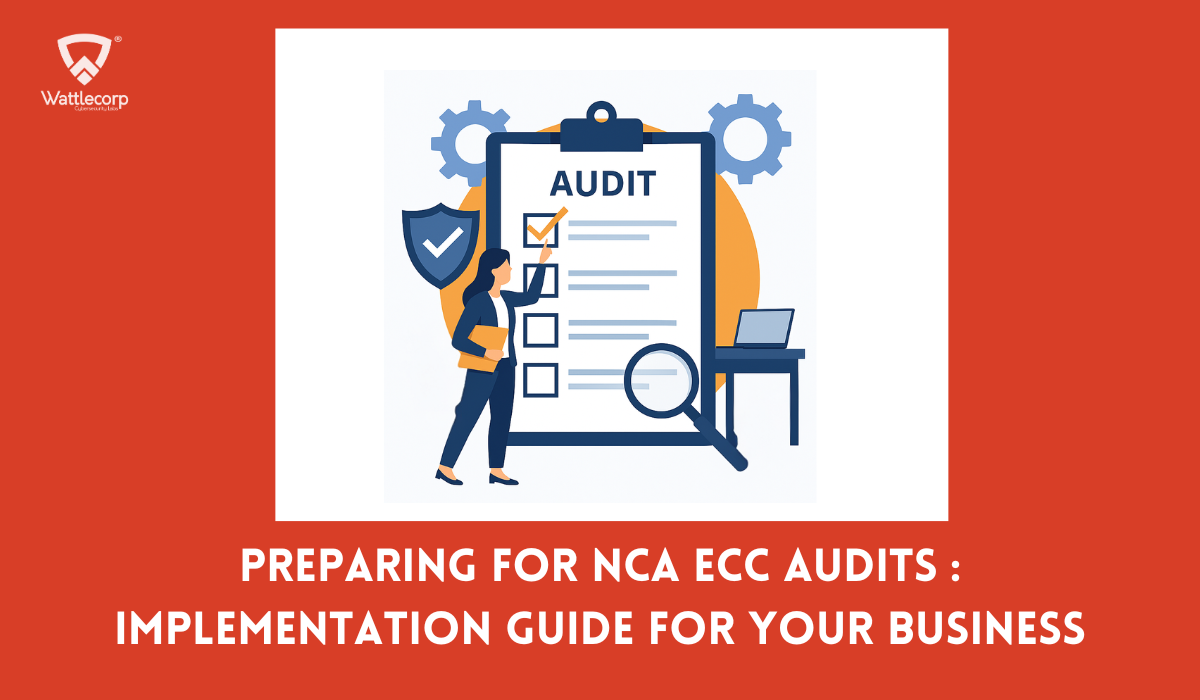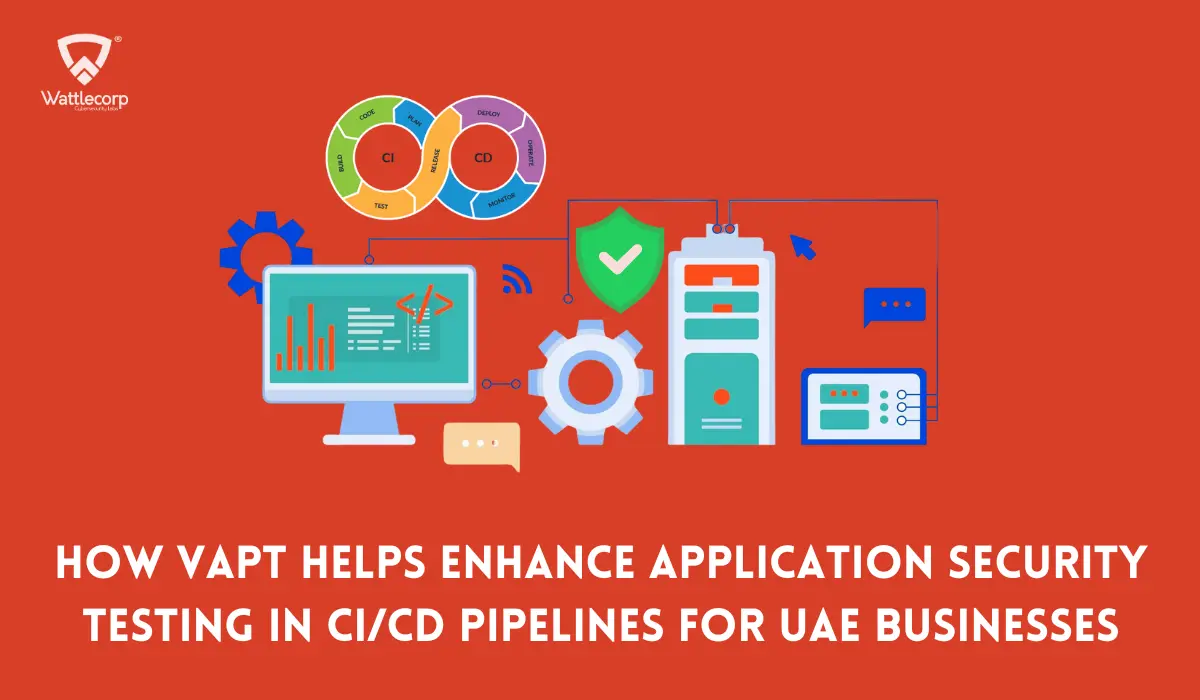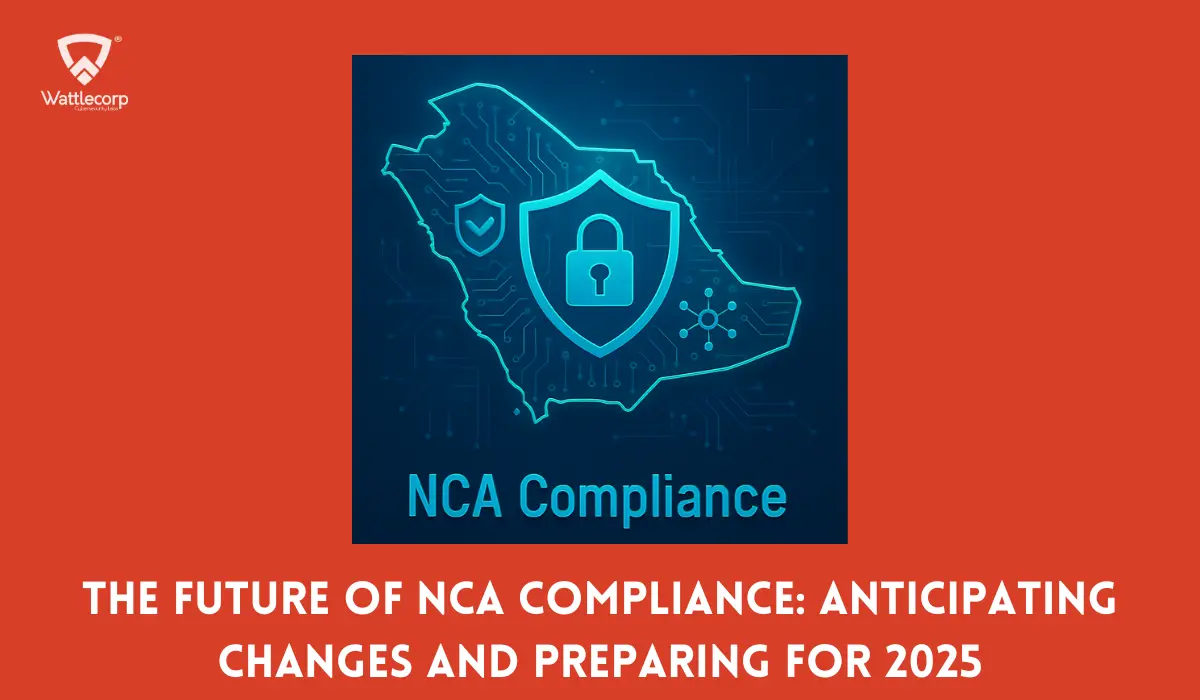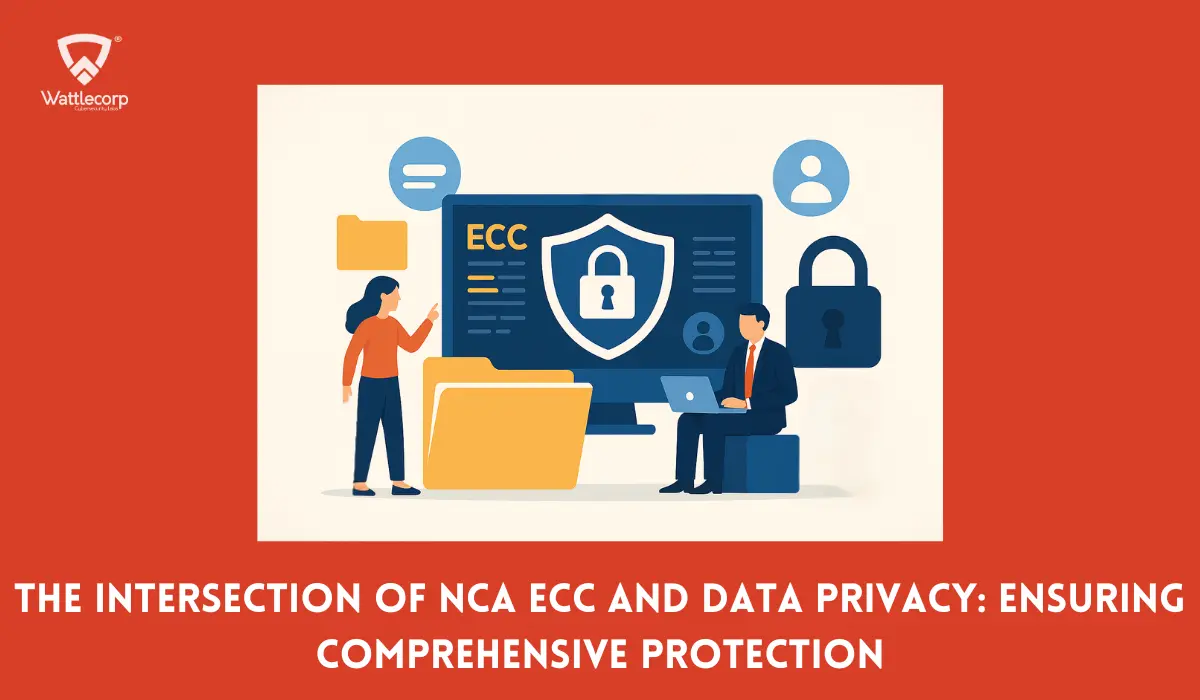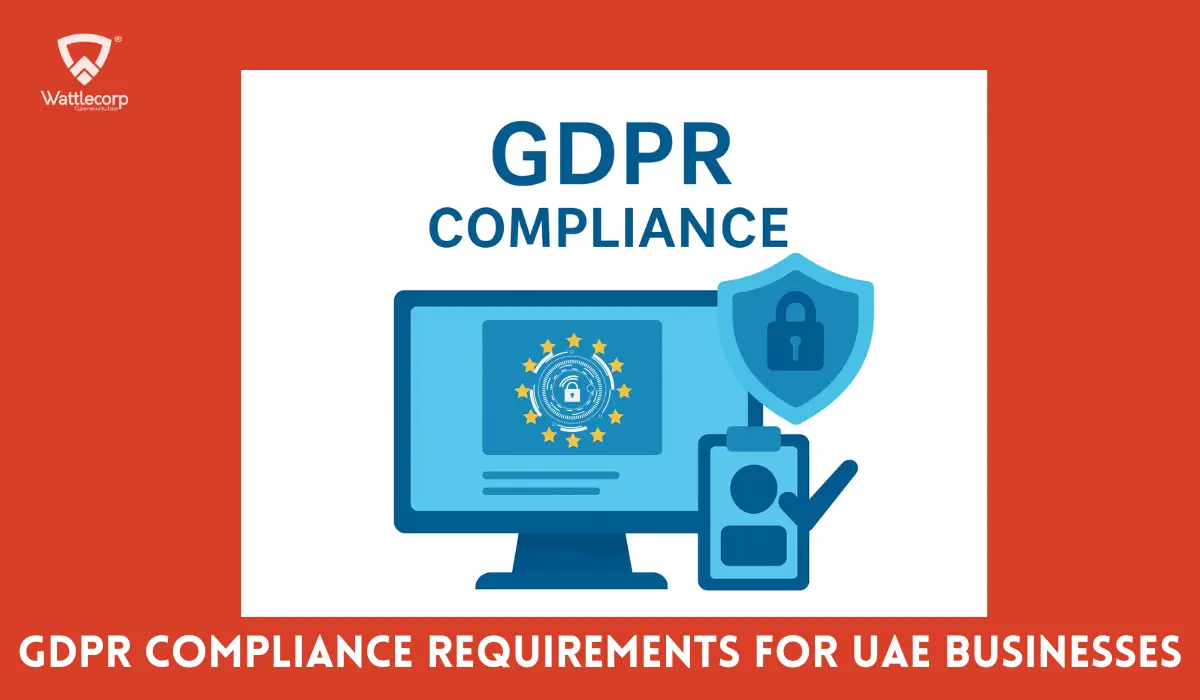Enterprise Risk Management (ERM) is the business vision of considering the big picture regarding risks. Think about it: your ship (organization) is sailing in a storm. You can’t do much about the weather, but ERM helps you make plans that give due consideration to the potential to face storms.
It is about understanding all the big and small risks that can make your ship deviate from its route and having a solid plan to cover it. It is not the traditional way, in which each of your departments managed its own set of risks in isolation. ERM integrates risk management into everything you do, making it part of your daily routine in strategic planning.
Enterprise Risk Management is not about firefighting when a fire breaks out. Rather, it’s about foreseeing where the fire could originate and then installing preventive measures for that eventuality. This is equated to the availability of a toolkit to tackle any situation that may arise in business.
This leads one to prepare for any eventuality. ERM involves looking ahead and putting risk management into your day-to-day business so that you are always ahead of events.
Table of Contents
Toggle- Elements of Enterprise Risk Management
- The Enterprise Risk Management Framework
- Enterprise Risk Management Strategies and Their Advantages
- The Enterprise Risk Management Tools
- Benefits of Enterprise Risk Management Tools
- Enterprise Risk Management vs. Traditional Risk Management
- Frequently Asked Questions
Elements of Enterprise Risk Management
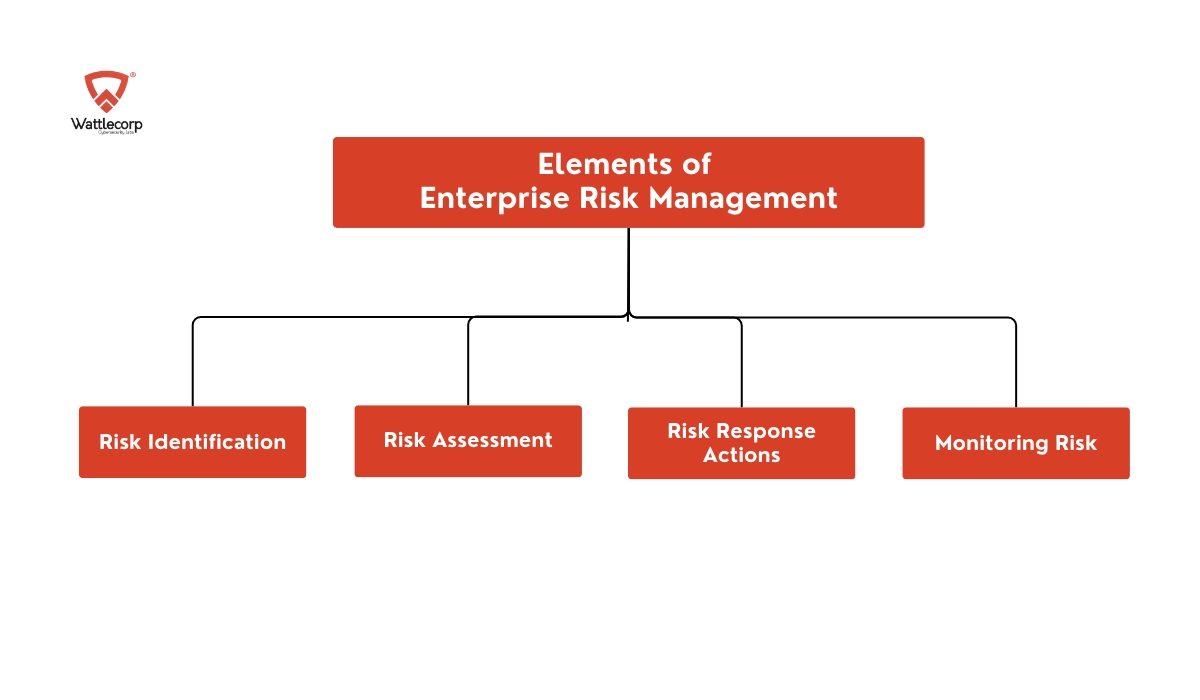
1. Risk Identification
Consider it your risk radar. You must be able to notice potential threats before they turn out to be real problems: these may range from financial risks to operational hiccups or even external threats like changes in the market. It’s about scanning the horizon and figuring out what could go wrong.
2. Risk Assessment
Now that we have the risks identified, we need to assess the risks. This means we need to identify the probability of it happening and the possible impact. Think of this as prioritization of tasks: you want to get the high-priority items resolved first so you don’t get all bogged down by other less important issues.
3. Risk Response Actions
Now for the action plan. For each risk, you devise strategies to avoid it, mitigate the impact, share the risk with others, or accept it and plan for it. It’s kind of like having a game plan for how to handle risks when they present themselves.
4. Monitoring Risk
This is where you monitor the situation to make sure your risk strategies are still working. In some ways, this is not too unlike periodically checking all your ship’s instruments: it allows you to be sure everything is working as planned and your course, if necessary.

The Enterprise Risk Management Framework
Conceptualize the ERM framework as your organization’s guidebook or playbook in managing its risks. It provides a systematic way of implementing ERM practices across the board.
1. Risk Governance
I think a good risk governance approach is much like a well-defined crew with clear roles and responsibilities. That would involve setting up the risk management committee and formulating policies with buy-in from top management so that everyone is on the same page.
This is the process you use, step by step, to address the risk. This encompasses identifying, assessing, responding to, and monitoring any type of risk. A clearly outlined process will help you stay on track and be sure you are taking care of risks effectively and consistently.
2. Culture of Risk
Creating a risk-aware culture means engaging employees, managers, and executives in your program. It’s about fostering open discussions about potential problems and making risk management part of everyday work.
Enterprise Risk Management Strategies and Their Advantages
A lot of benefits emanate from implementing ERM strategies, some of them being:
1. Better Decision-Making
It is a derivative of risk clarity. Enterprise Risk Management empowers one to weigh opportunities against threats and come up with shrewder strategic decisions. Being proactive with ERM better equips you to handle setbacks. It’s almost like having a backup plan that may help you to get up stronger after disruptions.

2. Regulatory Compliance
ERM ensures you are working in compliance with laws and regulations, staying away from penalties and legal challenges. Risk management is integrated into compliance with ERM: therefore, keeping you on track.
3. Strategic Alignment
ERM aligns risk management with your goals holistically to enhance the performance of your organization to assure long-term success. It helps incorporate risk management into strategic planning in ways that enable your organization to realize its objectives.
The Enterprise Risk Management Tools
The proper tools make ERM go. With them, you can discover, analyze, and manage risks more effectively.
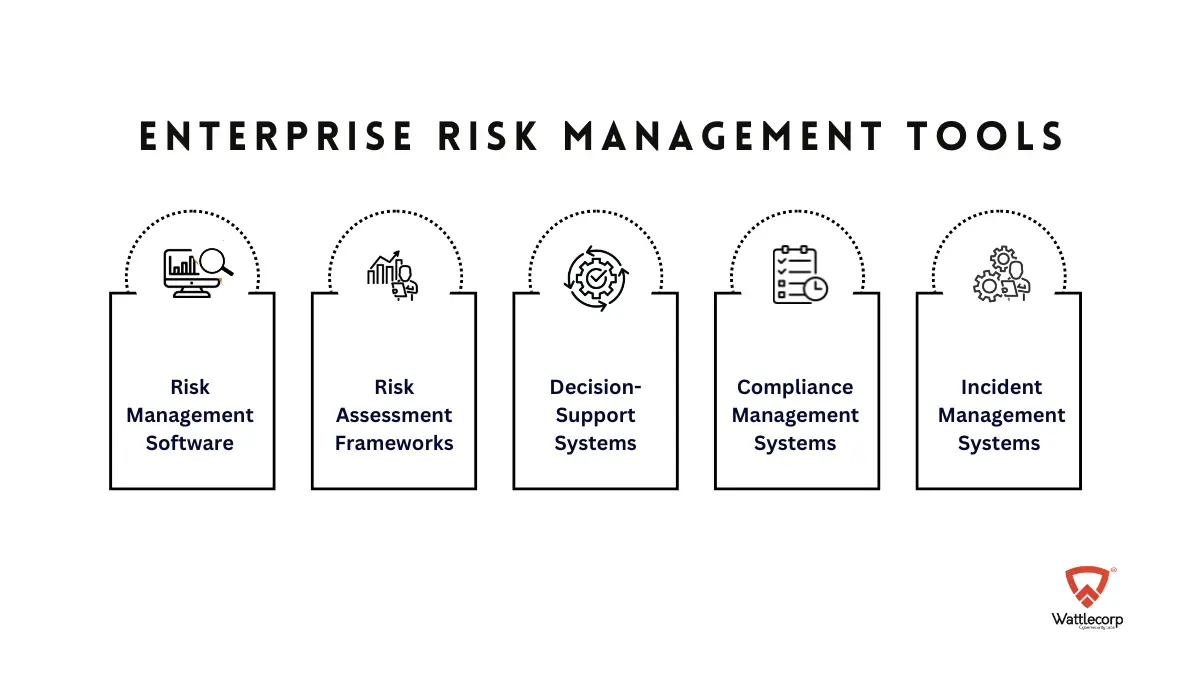
1. Risk Management Software
This puts an enterprise-wide view of your risk domain under one roof, which includes bleeding-edge dashboards, automated reports, and real-time updates.
2. Risk Assessment Frameworks
These serve as your risk-assessment playbooks. They impart structured methods for evaluating and prioritizing risks.
3. Decision-Support Systems
These information-based tools assist the user in making informed decisions based on risk data. Think of a GPS guiding you through pitfalls.
4. Compliance Management Systems
They are your guard to ensure you abide by all laid-down regulations and stay clear of legal trouble.
5. Incident Management Systems
They are in place to trace and manage incidents of risk in order to reduce their impact. They are useful in learning from incidents and in improving your reaction to risks.
Also Read : Top Challenges in Enterprise Penetration Testing
Benefits of Enterprise Risk Management Tools
1. Visibility to Risks
This is because the visibility of any kind of risk is a clear view, making it very simple to note and handle the issues before they get out of hand.
2. Efficiency
Tools provide an efficient means since they simplify the process of risk management by saving you time and reducing the subsequent complexity.
3. Better Decision Making
Accurate data regarding risks gives an insight into the prudent process of decision-making, which, in the process, contributes towards an improved strategy in general.
Also Read: Enterprise Cybersecurity Strategy
Enterprise Risk Management vs. Traditional Risk Management
| FEATURE | ERM | Traditional Risk Management |
| Scope | while Enterprise risk management looks at the whole organization and its operations holistically | Traditional risk management often looks at risks within specific departments |
| Holistic in Approach | ERM allows for the observation of how various risks interact and affect each other | There is a more comprehensive approach. In conventional risk management, risks might be taken individually without observing the big picture. |
Enterprise Risk Management is necessary for conducting business in the complex environment of today—to predict problems, be prepared for them, and turn risks into opportunities. All of this can be achieved, with the appropriate tools and strategies, through resilience and enhanced decision-making in an organization that implements ERM.
If you’re looking to enhance your Enterprise Risk Management best practices, Wattlecorp will help you, from fine-tuning ERM frameworks to tools or strategies that can be further customized to guide your organization towards effective management of risk. So get in contact with us today and see how we can support your journey towards a more successful, resilient future.
Frequently Asked Questions
What are the 5 components of enterprise risk management?
Risk Governance: Provides roles and responsibilities for risk management, normally through a committee and top management support.
Risk Identification: The process of identifying, on a timely basis, those risks that could potentially affect the organization.
Risk Assessment: Examines the risks considering likelihood and impact to prioritize them accordingly.
Risk Response: Development and implementation of strategies designed to mitigate or manage identified risks.
Risk Monitoring and Review: Follow up keenly and review the effectiveness of the risk management strategy for adaptation where necessary.
What is ERM, and Why is it Important?
Enterprise Risk Management embeds risk management throughout an organization. This provides organizations with a consistent view of the risks they are facing. It helps organizations make preeminent decisions, enhance their resilience, maintain compliance with regulations, and align risk management with strategic objectives that lead to long-term success.
What is an Example of ERM?
An ERM example would be when a global company identifies major risks like market fluctuation and change in regulation, evaluates their potential impact, and designs strategies in terms of contingency plans and compliance programs to continuously monitor their effectiveness against adjusting new risks.
What are the 4 Types of Business Risks in the Enterprise?
Strategic Risks: Those that impact long-term goals and strategy
Operational Risks: These impact daily operations and processes.
Financial Risks: Those concerns that are related to financial stability and performance.
Compliance Risks: Those concerning the adherence to law and regulations.
